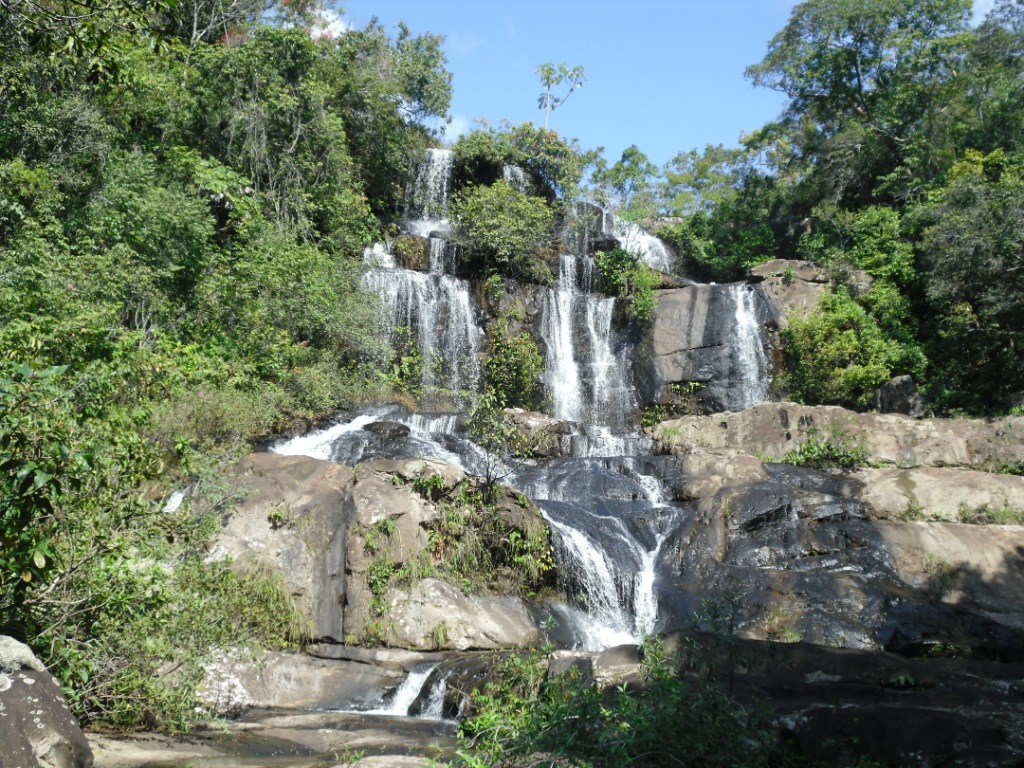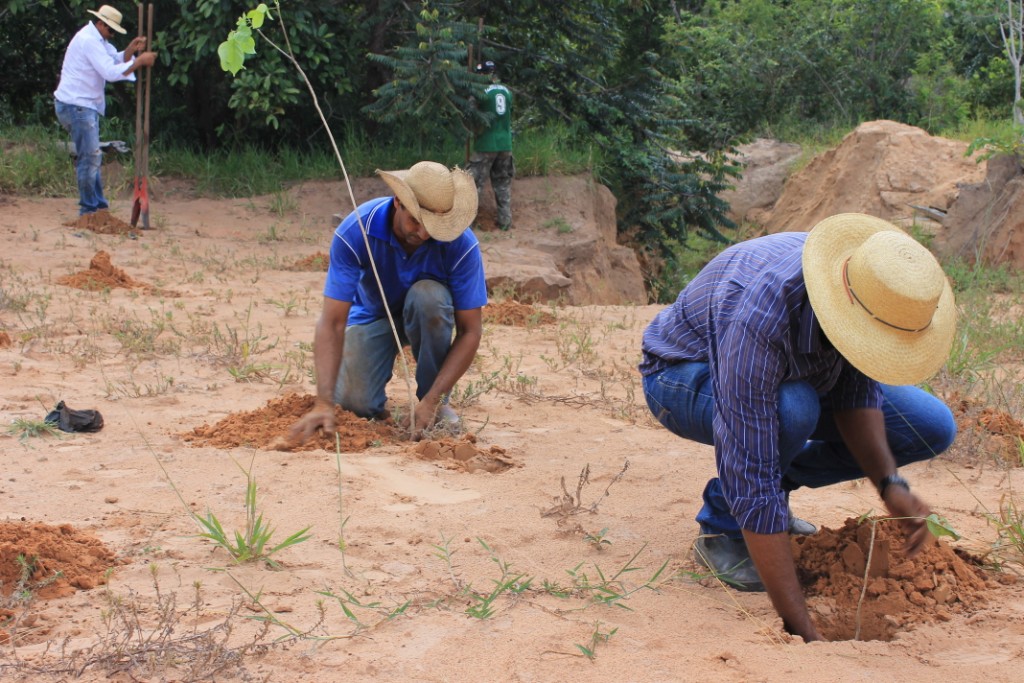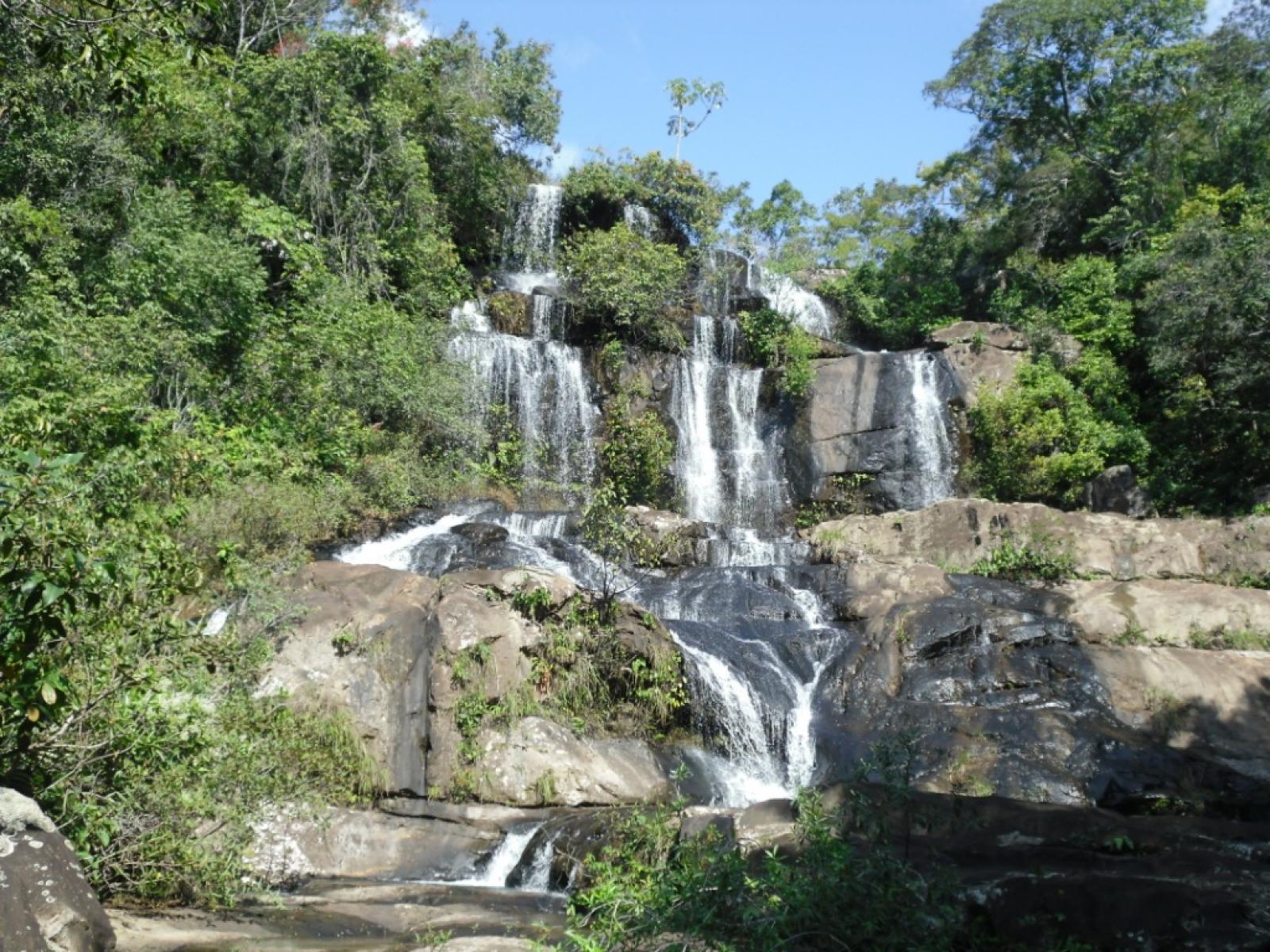An Overview Of Our Solution
- Population Impacted:
- Continent: South America
Organization type
Population impacted
Size of agricultural area
Production quantity
People employed
Describe your solution
Describe your implementation
External connections
What is the environmental or ecological challenge you are targeting with your solution?
Describe the context in which you are operating
Key to preserving the Pantanal floodplain is protecting its headwaters in the Cerrado highlands. The 23,000 km2 project region in the Cerrado highlands comprises 3 headwater basins and 5 rural municipalities that supply a large portion of the water, nutrients, and sediments that form the southern Pantanal. Approximately 85% of agricultural area in the highlands region is comprised of large cattle ranches and crop plantations held by only 13% of landowners. The rest consists of small to medium dairy and mixed crop farms held by lower-income rural families. The majority of the population, 62% or about 23,000 people, is rural with a per capita income of $300 per month. Our surveys showed the urgency of launching measures to improve regional land use in the project-pilot municipality, Corguinho, finding that only 32% of native vegetation cover persisted and that 22% (380 km) of 1,697 km of stream and river channel did not have protective riparian (stream-side) vegetation zones.
How did you impact natural resource use and greenhouse gas emissions?
Language(s)
Social/Community
Water
Food Security/Nutrition
Economic/Sustainable Development
Climate
Sustainability
WCS will need additional grants ($50K/yr) to scale its activities. However, during the approximately two-year process of developing plans and promoting SLUPs in each municipality, ownership of project activities is gradually transferred to municipal governments and communities. This allows WCS to shift its focus to new municipalities and increase the sustainability and reach of the project. This transfer of ownership is achieved by building the capacity of municipal personnel to maintain project activities. The significant financial investments made by municipal governments during planning and outreach activities, as well as state funding opportunities for municipalities with developed land-use plans, also help motivate project transfer.
Return on investment
Entrant Image

Entrant Banner Image

